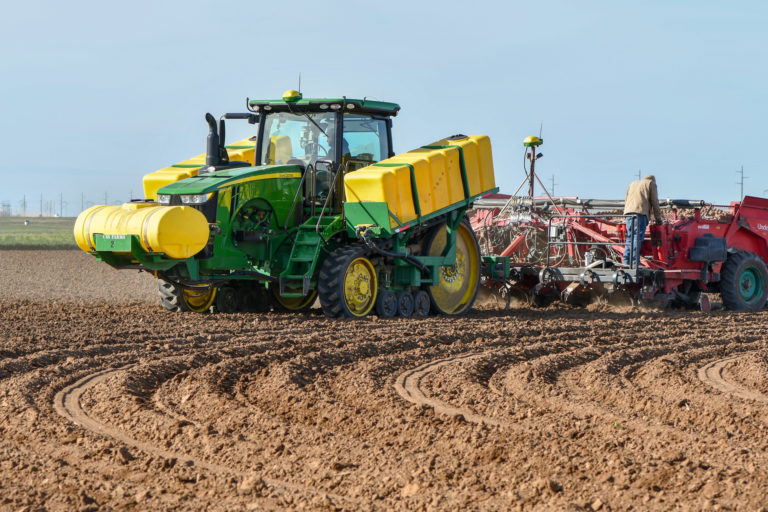New AFPC Report Helps Producers Navigate CFAP Program

[adning id=”33097″]

On May 19, 2020, USDA released details of the Coronavirus Food Assistance Program (CFAP). CFAP’s $19 billion package contains two primary components. First, USDA will partner with regional and local distributers to purchase $3 billion in fresh produce, dairy and meat and provide those commodities to those in need. The bulk of the program is designed to provide $16 billion in direct support to farmers and ranchers affected by the COVID-19 pandemic. Eligible commodities for the direct support include:
[adning id=”33207″]
- Livestock: cattle, hogs, and sheep (lambs and yearlings only)
- Dairy
- Wool
- Non-specialty crops: malting barley, canola, corn, upland cotton, millet, oats, soybeans, sorghum, sunflowers, durum wheat, and hard red spring wheat.
- Specialty Crops — Fruits: apples, avocados, blueberries, cantaloupe, grapefruit, kiwifruit, lemons, oranges, papaya, peaches, pears, raspberries, strawberries, tangerines, tomatoes, and watermelons
- Specialty Crops — Vegetables: artichokes, asparagus, broccoli, cabbage, carrots, cauliflower, celery, sweet corn, cucumbers, eggplant, garlic, iceberg lettuce, romaine lettuce, dry onions, green onions, peppers, potatoes, rhubarb, spinach, squash, sweet potatoes and taro.
- Nuts: almonds, pecans, walnuts
- Other: beans, mushrooms
Signup will be from May 26 to August 28, 2020. Once signup begins, eligible producers should call their county Farm Service Agency (FSA) office to schedule an appointment.
To help affected producers navigate this new program, Agricultural and Food Policy Center (AFPC) at Texas A&M University co-directors Dr. Bart Fischer and Dr. Joe Outlaw, and Texas A&M AgriLife Extension Service economists Dr. David Andersons and Dr. Justin Benavidez authored a timely report. Overview of the Coronavirus Food Assistance Program (CFAP) is available at https://www.afpc.tamu.edu/research/publications/files/699/RR-20-02.pdf. The report provides an excellent overview of the program, provides clarification on payment rates and eligible commodities, payment limits, income tests, and payment reductions. It also provides payment calculations and examples by commodity.
The report’s lead author, Dr. Bart Fischer, notes that while CFAP provides a significant amount of aid, there are a number of losses not covered. A previous AFPC report, estimated Texas agricultural losses alone could exceed $8 billion.
Dr. Fischer identified some areas of concern not addressed by CFAP:
- 2020 Row Crops: CFAP only provides assistance for crops held in inventory as of January 15, 2020. In other words, it provides no assistance for the 2020 crop year.
- Livestock: While livestock producers in general and cattle producers in particular are the biggest recipients of assistance from CFAP, the estimated support for cattle is still significantly less than half of the damages estimated by industry. While animals in inventory from April 16 to May 14, will be eligible for a CFAP payment, there likely will be calls to provide additional assistance to producers who had to depopulate animals in response to COVID-19. Also, those producing poultry on contract and paid by pounds produced may accrue significant additional losses.
- Others in the Supply Chain: CFAP provides no direct benefits to anyone in the supply chain after leaving the farm gate. For example, ethanol producers are under tremendous strain. Also, the merchandising supply chain for cotton has incurred significant carrying charges, logistical costs, and market disruptions not currently addressed by CFAP.
As Congress continues to debate the next steps, these and other issues will be in the forefront.
[adning id=”33207″]












